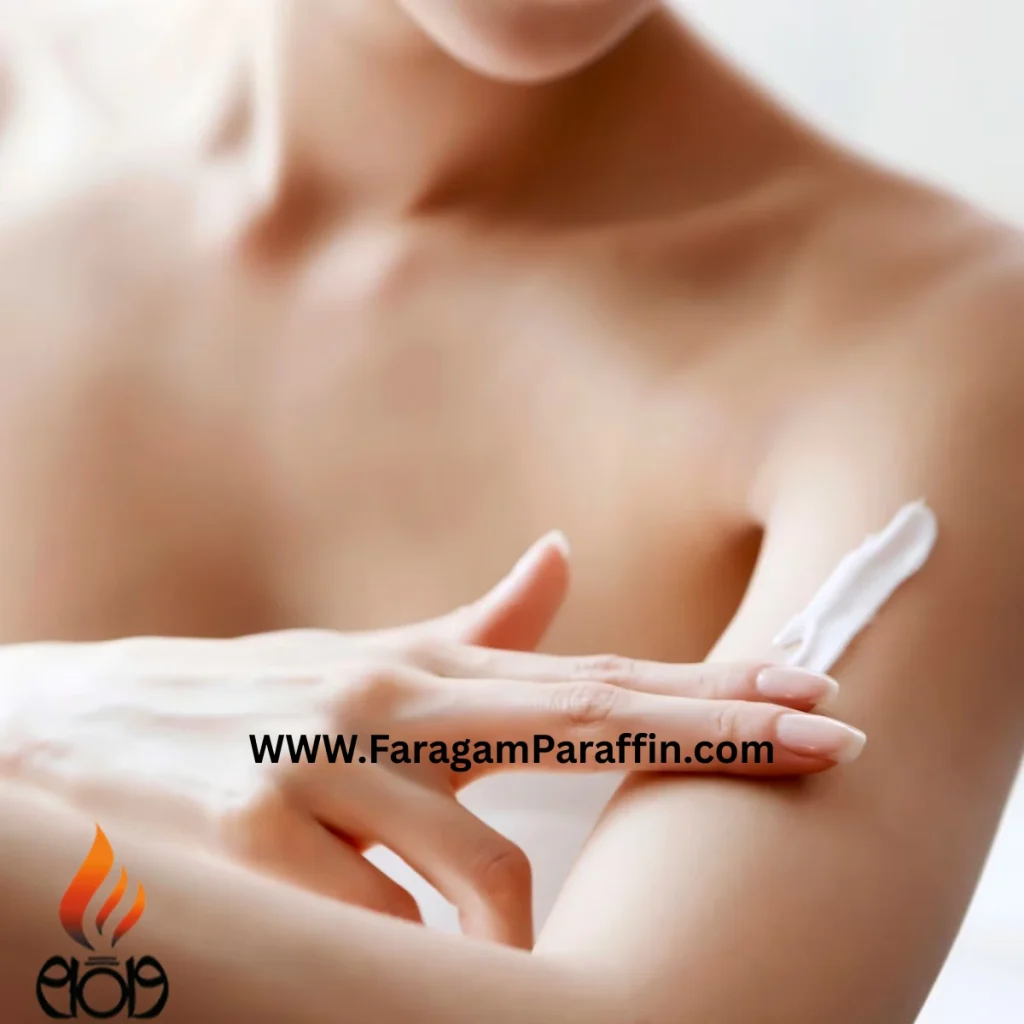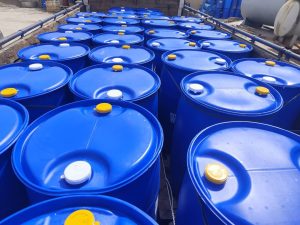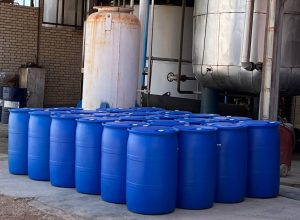
Petroleum Jelly Pharmaceutical Applications
Introduction
Winter’s harsh conditions can severely impact your skin. The cold air, low humidity, and indoor heating take away your skin’s natural oils.
This can cause dryness, flaking, and irritation. People often call these issues “winter itch.” Hands, arms, and even the face can become rough, cracked, or sore during the colder months.
However, the solution may already be within reach: petroleum jelly. This straightforward yet remarkably effective product has been a staple in both cosmetic and pharmaceutical applications for generations. Not just an essential in skincare, it serves an integral role in various therapeutic treatments as well.
High-quality products from Faragam Paraffin meet strict healthcare and cosmetic standards. This ensures they work well for skin care and medical use.
Why Winter Dehydrates Your Skin
In winter, the air has less moisture. This weakens your skin’s natural barrier and lets hydration escape more easily. Indoor heating exacerbates the issue, and activities like frequent handwashing or prolonged hot showers further strip away moisture. The result is tight, itchy, and uncomfortable skin, which often feels impervious to even the most hydrating lotions.
The key to combating this? Petroleum jelly excels at sealing in moisture before it gets lost.
How Petroleum Jelly Works and Its Broader Applications
Petroleum jelly, often called Vaseline, is a strong occlusive agent. This means it forms a protective layer on your skin that keeps it safe.
This barrier stops moisture from evaporating. It keeps hydration locked in and reduces water loss by up to 98%. This quality makes it especially invaluable during the winter months when your skin needs extended hydration and protection.
Petroleum jelly is not just for skin care. It is also important in many medicines. Its benefits go beyond just cosmetics.
Pharmaceutical Applications of Petroleum Jelly: More Than a Moisturizer
1. Wound Healing
People often use petroleum jelly for wound care. It keeps the area moist, which speeds up healing and reduces scarring. It acts as a barrier to stop bacterial contamination.
It is an important part of many ointments. People use these ointments to treat minor cuts, burns, and scrapes.
2. Dermatitis and Eczema Relief
For individuals suffering from eczema or dermatitis, petroleum jelly provides effective relief. It helps reduce symptoms like dryness, irritation, and inflammation.
It locks in moisture and creates a protective layer. This layer shields sensitive skin from more damage caused by the environment. Many therapeutic creams for these conditions incorporate petroleum jelly because of its ability to support healing.
3. Lip Protection
Chapped lips are a common winter nuisance, but petroleum jelly offers a simple solution. By creating a barrier that holds moisture, it keeps lips from drying and cracking. This makes it an important ingredient in many healing lip balms and ointments.
4. Minor Burns and Skin Irritations
Petroleum jelly is also employed to soothe minor burns and skin irritations. It helps create a protective layer over the affected area, reducing pain and promoting faster recovery. Manufacturers frequently use it in burn ointments for its ability to shield the skin and expedite healing.
Why Petroleum Jelly is the Superior Option for Winter Dryness
Unlike most lotions or creams that contain water, petroleum jelly forms a long-lasting barrier on the skin. This barrier does not evaporate quickly. This makes it particularly effective for combating winter dryness, where long-lasting moisture retention is essential. Whether in therapeutic treatments or everyday skincare, its protective and hydrating properties are unparalleled.
Optimal Ways to Use Petroleum Jelly for Winter Skin Care and Healing
1. Overnight Treatment for Hands and Feet
Dry, cracked hands and heels are frequent winter complaints. Apply a liberal amount of petroleum jelly before bed and cover your hands or feet with cotton gloves or socks. By morning, you’ll notice softer, more hydrated skin, well on its way to healing.
2. Lip Care
Prevent painful, chapped lips by applying petroleum jelly throughout the day, especially before bed. This will lock in moisture and prevent further damage, providing lasting protection against the elements.
3. Facial Protection Against Windburn
Exposure to harsh winds can lead to painful windburn. Gently put petroleum jelly on your cheeks and nose. This creates a barrier that keeps moisture in and reduces irritation. Especially helpful during outdoor activities like hiking or skiing.
4. Cuticle and Nail Care
Petroleum jelly can help prevent cracked cuticles by massaging a thin layer around your nails before bedtime. This simple treatment keeps your cuticles hydrated and soft, reducing the risk of painful splits.
Essential Tips for Best Results
- Use sparingly on the face: A small amount is sufficient, especially if you have oily or acne-prone skin.
- Use a gentle cleanser: Choose a mild, hydrating body wash. Avoid harsh soaps that remove essential oils. This helps your skin keep moisture before you apply petroleum jelly.
Conclusion
If you have cracked hands, chapped lips, or dry elbows, petroleum jelly can help. A simple and effective way to protect, hydrate, and heal your skin exists. Beyond winter skincare, its pharmaceutical applications provide invaluable benefits for treating wounds, eczema, and other skin conditions.
For the best results, choose high-quality, medical-grade products like those from Faragam Paraffin. This ensures you get great care for skin hydration and therapy.



